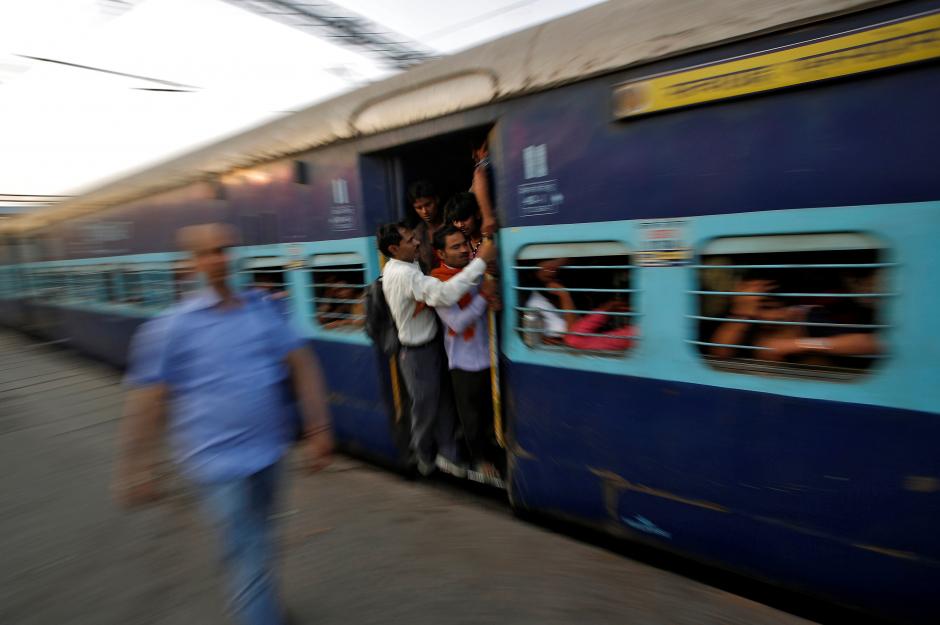New Delhi: Rajya Sabha on Tuesday passed a Bill which seeks to provide for regulation and maintenance of standards of education and services by allied and healthcare professionals.
The National Commission for Allied and Healthcare Professions Bill, 2020, was passed by a voice vote.
Replying to a debate on the Bill, Union health minister Harsh Vardhan said that the legislation is aimed at fulfilling long-pending demands for the sector, and will create an institutional structure to enhance employability.
“We acknowledge that there is a global demand. And, the Bill will benefit 8-9 lakh existing allied and healthcare professionals. This manpower will also be more ready to cater to global shortage…demand that is projected to be 1.80 crore by 2030 as per the WHO global workforce report,” he said.
The Bill provides for regulation and maintenance of standards of education and services by allied and healthcare professionals, assessment of institutions, maintenance of a central and a state register and creation of a system to improve research and development and adoption of latest scientific advancement.
The allied and healthcare professions include a wide range of workers for diagnosis, evaluation and treatment of acute and chronic diseases. These professions also work to optimise patient outcomes and attend to overall prevention, promotion, wellness and management of diseases.
As per the statement of objects and the reasons of the Bill, the advancement in the health sector, changing preferences of consumers and service providers, had warranted creation of a fresh vision of healthcare delivery with a patient-centric approach and focus on moving to a multi-disciplinary team-based care.
Also read: COVID-19 Is Boosting Demand for Universal Healthcare – but Won’t Get Us There
“This has necessitated the need to implement new ways of deploying health workers, strengthening the workforce by task-shifting models and improving access to quality services through qualified and competent allied and healthcare professionals,” it added.
Earlier in December 2018, the Allied and Healthcare Professions Bill, 2018, was introduced in Rajya Sabha and the same was referred to the Department Related Parliamentary Standing Committee, which after a detailed examination recommended certain amendments.
Therefore, it was withdrawn and a new Bill called the National Commission for Allied and Healthcare Professions Bill, 2020, incorporating the recommendations made by the panel, was introduced last year.
Vardhan said that of the 110 recommendations made by a parliamentary committee on it, the government accepted 102 while six recommendations were accepted with slight modifications. Only two recommendations were not incorporated.
Earlier participating in the debate, Union minister Suresh Prabhu said that the Bill corrects a long overdue policy gap that existed.
He also suggested that there should be a separate abbreviation to denote such professionals, and should be seen as doctors of a different kind.
Prabhu said the bill bridges the long term policy gap in the healthcare system.
Vardhan said, “On shortage and incentives for these professionals, the making of the Bill, the regulatory body itself is the biggest incentive for these professionals because so far there is a vacuum…when for the first time courses are standardised, their employment opportunities will increase, both nationally and internationally.”
Congress leader L. Hanumanthaiah welcomed the Bill and made certain suggestions around revision of penalty clauses, enhancing availability of elite healthcare professionals.
“It is a very good bill which we are welcoming but taking care of the rural youth, providing them with an attraction to opt for these kinds of professions. We wanted to include in that. That is my demand,” he said.
The Congress leader said elite health professionals are just 5 per cent in India while there is a huge demand for them.
Samajwadi Party leader Ram Gopal Yadav said there were more than 100 recommendations of Parliamentary Standing Committee for health and family welfare and he accepted around 95 per cent of them and therefore the Bill had to be revised.
He countered the suggestion of Hanumanthaiah over reducing penalty norms.
“In the medical profession, if someone gets a forged degree or gets a fake registration then that person should be punished. So far this Bill is concerned, I strongly support it,” Yadav said.
He appreciated the positive attitude of the Union health minister for considering the recommendation of the Parliamentary panel.
Among those who expressed their opinion on the Bill were – BJD’s Muzibulla Khan, Ayodhya Rami Reddy (YSRCP), Ram Chandra Prasad Singh (JDU), Vandana Chavan (NCP), and Sushil Kumar Gupta (AAP).













